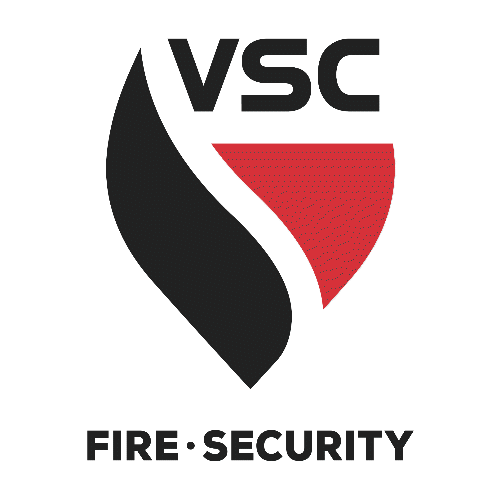Hazard:
In the past couple of years numerous property damage claims resulting from water loss have been filed against VSC. Damage to personal, public and customer business property has resulted in large financial losses. These losses include the customer’s expense to clean-up water and their lost productivity.
Customer business relationships are negatively impacted which result in lost business opportunities for VSC!
These accidents were often the result of VSC performing service, inspections, construction, or the retro fitting of water-based fire protection systems. In almost every case these losses were preventable!!!


The data gathered from investigations conducted by VSC’s Risk-Safety Department, as well as input obtained from technician’s and field management, are now part of VSC’s newly revised safety policy. The VSC Lockout Tagout (LOTO) policy (Appendix H. of the Health and Safety program) now includes the required minimum safety procedures to follow when working on Water-based Fire Suppression systems. A copy of these procedures is provided in this safety alert.

Preventative Measures:
Pressurized Water Control Procedure – Lockout/Tagout Requirements
Type of Control Devices
Only authorized devices will be used for controlling active and residual water pressure. These devices will be approved by VSC management.
Energy Isolating Device:
A mechanical device that physically prevents the transmission or release of water, including but not limited to the following: A manually operated valve, drain valve, or other mechanical control device.

Lockout and tagout will be conducted in the following order:
Step 1 – Preparation for Shutdown
- Identify all isolation valves. The Authorized Employee or his/her supervisor will perform a visual walk through of the fire protection water supply system and identify the correct control valve specific to the zone where work will be performed. This procedure includes identifying all correct primary and secondary drains.
- Provide on-site the required number of containers, of the correct size, to collect water from drains.
- Provide on-site funnels, drain socks, hoses, or other devices to direct water flow.
- A sure-off device must be available for each project when a de-pressurized system cannot be verified.
Step 2 – Fire Protection Shutdown
- Isolate the system by closing the valve or valves for the system.
- Connect and check for proper fit drain hoses or attach other water flow controls to the proper drain points.
- Position water containers or layout hoses to direct water to the predetermined and approved discharge area.
Step 3 – Water Supply Isolation
- The Authorized Employee will ensure all correct valves or controls are closed and the correct zone or system is isolated.
Step 4 – Depressurize and Drain System
- Open drain slowly.
- Do not allow container to fill beyond the weight it can be manually moved without spilling.
- If hoses and/or drains leak or rupture, shut off drain and replace or repair leaks immediately. Multiple VSC employees must engage in this practice to ensure at least one employee is dedicated to inspecting hoses and drains for leaks to avoid property damage or injury that will result from undetected, unintended water discharge.
Re-Activating Fire Protection System
- The Authorized Employee will perform a visual walk through to ensure heads, piping and all other system component parts are properly connected and secure – prior to re-activating the system.
- An Authorized Employee will be posted to “monitor” system for leaks before opening water supply valve.
Additional Important Considerations:
- Depending on the size, configuration, and multiple floor levels specific to the project site, multiple authorized employee monitors may be needed.
- The authorized VSC employee will open the supply valve slowly and maintain contact with the “monitor” until the system is re-activated and no leaks are detected.
- The VSC on-site supervisor will confirm that the fire protection system main valve is in the open position and attach a valve seal that is properly recorded. He/she will also ensure that the owner or GC representative acknowledges that the system has been returned to service by signing the applicable VSC “Owner Authorized Daily Shut Down” form.

